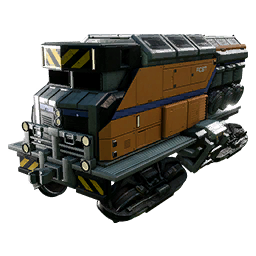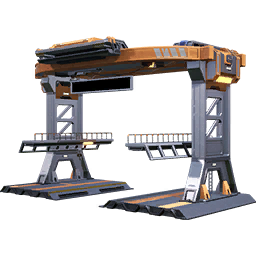
Monorail Train Technology
Unlocking the Monorail Train Technology in the hub and a quick overview of the train station and platforms.

Double Ended Train Part 1
A double ended train is simple to setup and is a great way to introduce yourself into how trains work. In part 1 a station and freight platform is created.

Double Ended Train Part 2
Part 2 builds the train and platforms at the opposite end and runs train track between them to connect them. Power is transmitted on the train tracks and this is explained.

Double Ended Train Part 3
Part 3 adds a double ended train to the setup and demonstrates load and unload operations. The timetable needs to be created and the station names can be changed. The power consumption of train stations, freight platforms and trains is also discussed.
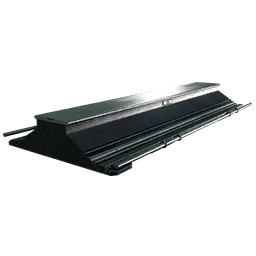
Railway Placement Techniques
This video is all about how to place railway for trains. It covers some common techniques I use to ensure tracks are straight and how to avoid toggle switches being removed when deleting track.

Train Station Railway Loop
Using a railway loop is the opposite method to a double ended train setup. In a loop, the train enters at one end and once it's completed the load or unload operation it continues in the same direction and joins back up with the train line to the next destination.
Build Train
A build train is a useful way of transporting resources like concrete, steel pipes and steel beams while building your train railway track infrastructure. You simply manually fill the train carriages with the products and manually drive the train along as you extend the track.

A more advanced build train setup is when you have a dedicated train station and freight platforms for the train. This way you can send a track back and it will get automatically refilled, meaning you can spend more time building. A special guide on build trains will be available in a separate article.

Railway Placement Techniques Part 2
More tips on making aesthetically appealing train tracks.

Railway Placement Techniques Part 3
More railway placement techniques. This time I am using the foundation rotation/alignment method I use when creating circles as per the circles article.

Railway Placement Techniques Part 4
A few more techniques demonstrated and another discussion on corners and toggle switches.
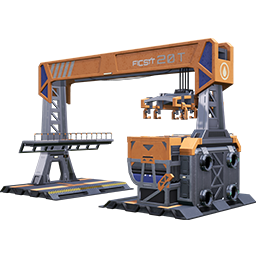
Crude Oil Train
The train system setup to transport crude oil back to base is now complete and ready to go. Once the train timetable is setup then it's set and forget. Fluid buffers are also discussed here.
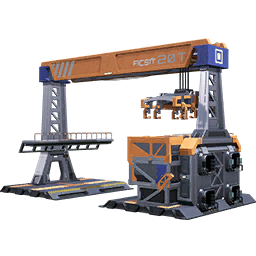
Raw Quartz Delivered via Train
Raw Quartz is now being delivered via a train back to the main base.
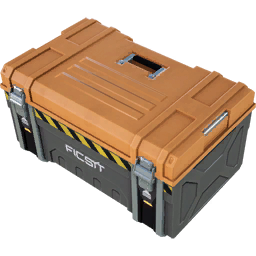
Death By Train
It is very easy to kill yourself if you manually add objects to an empty train carriage when you are standing on the back of it.

Bauxite Delivered via Train
Bauxite is now being delivered via a train back to the main base.

Railway Placement Techniques Part 5
You can use a short section of track to help you identify where you want to place a train station, this is very helpful with these large buildings. Also I show you how you can run train tracks above/below each other if you want to maintain track separation, this is handy if you want to maintain separate power grids.
